Another hit-and-run travel diary today with some bits and pieces of my Golden Week.
First up we have Takarazuka, which is most famously home to the hugely popular Takarazuka Revue – the all-female theatre troupe founded by the head of the Hankyu Railway a century ago (they did a hugely-praised production of Rurouni Kenshin a few years back). But Takarazuka, in the mountains between Kobe and Osaka, was also home to Tezuka Osamu for 25 years of his life, including his childhood. And it’s now home to the Tezuka Manga Museum, which is no less a shrine than any of the others I’ve visited with torii gates.
If possible, every anime and manga fan should try and make it here – because Tezuka is the most important figure in manga, and arguably second (after Miyazaki Hayao) in anime. I think the secret of his success was simple: he was talented, artistically ambitious, and had a perspective he wanted to communicate. The museum itself is fairly small but very thoughtfully designed, and it was a bit emotional to be there in light of what Tezuka means to the corner of the cultural universe I inhabit. Also, it may be a coincidence but I noted a disproportionate percentage of men of a certain age in Takarazuka seem to wear berets.
After Takarazuka I went a few stops up the Hankyu Takarazuka Line to Kiyoshikōjin Seichōji, a very interesting and mystical temple and shrine complex. Buddhism and Shinto are of course deeply intertwined in Japan, but nowhere more literally than here – the same priest is in charge of worship at both the shrines and temple on-site. Primarily enshrined here are the Kami of household objects (originally, a cooking stone) which makes it a hugely popular pilgrimage destination in Japan.
Finally, we have Mt. Shosha – the venerable temple complex in the mountains above Himeji. This is an incredibly beautiful place, as these old mountain training monasteries often are – because of its remoteness and beauty it’s often used for location shooting for period films. Because of countless fires over the past 1100 years most of the buildings are relatively modern (though quite faithful to the original style, be they 14th or 20th-century constructions) but many of the temple’s treasures are far older. As they’re having their spring festival this week, a number of these national treasures are on-display for the only time during the year.


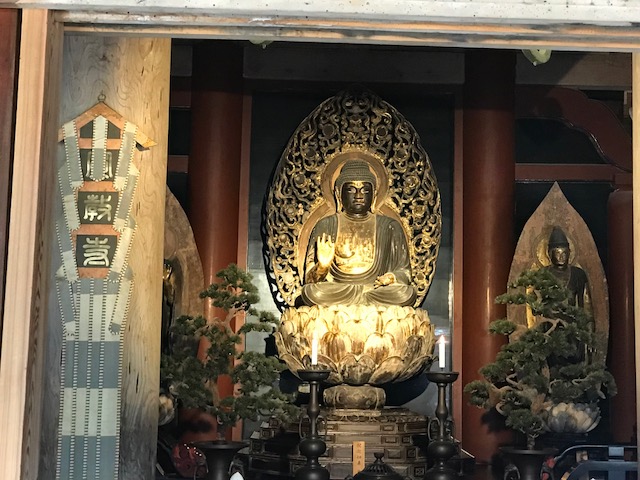
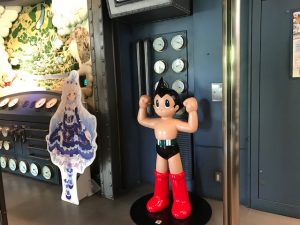
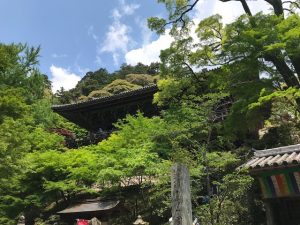
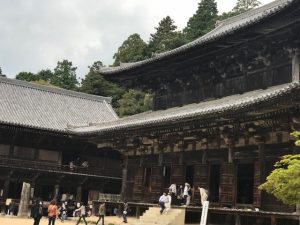
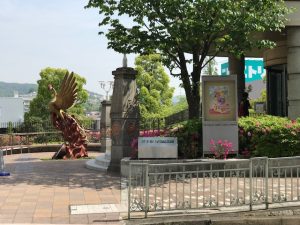

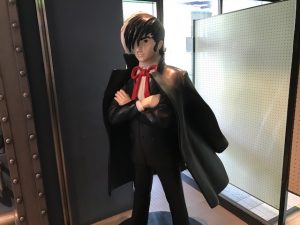
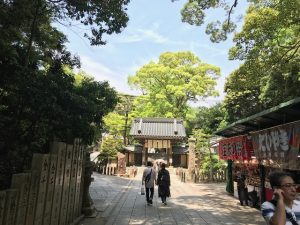
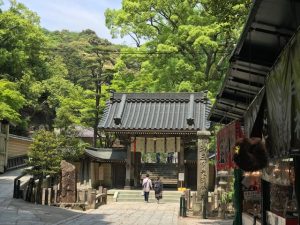


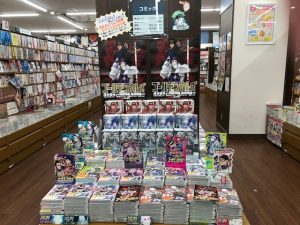
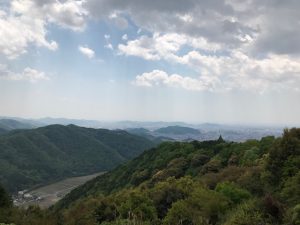
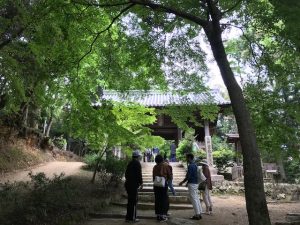
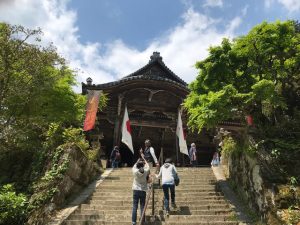
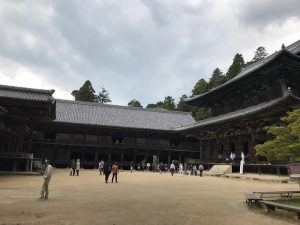
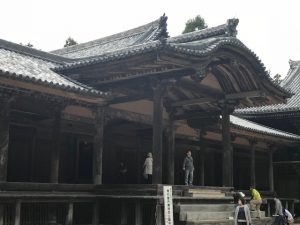

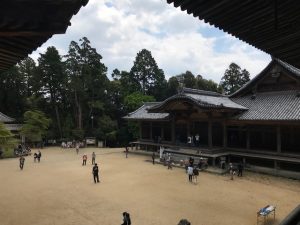
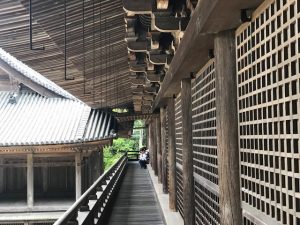
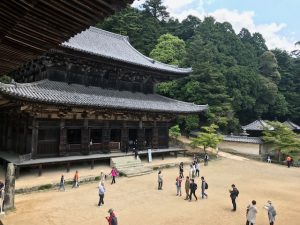
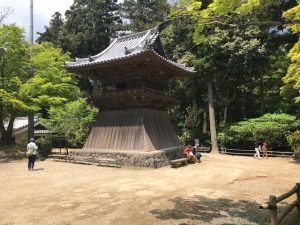
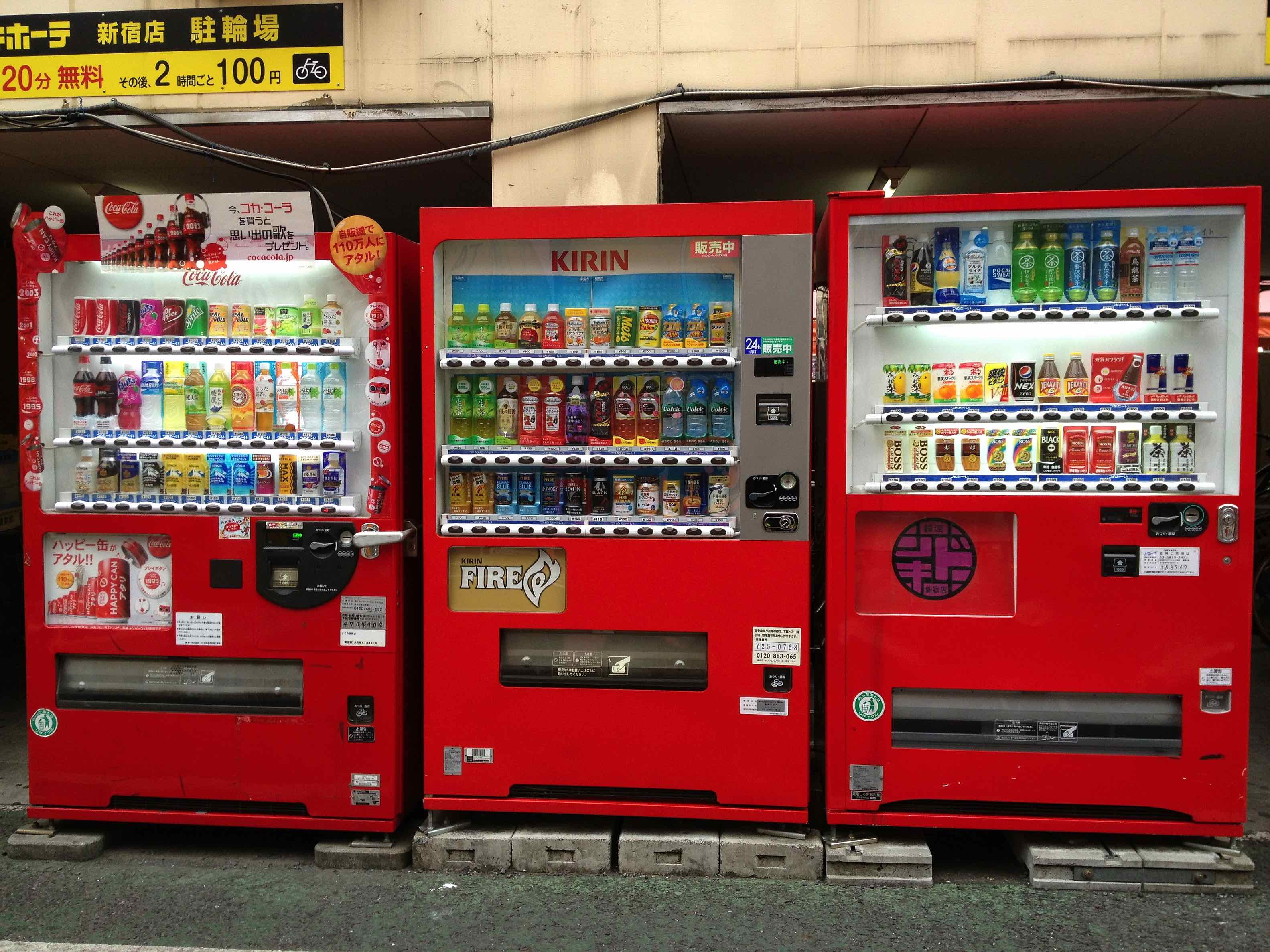
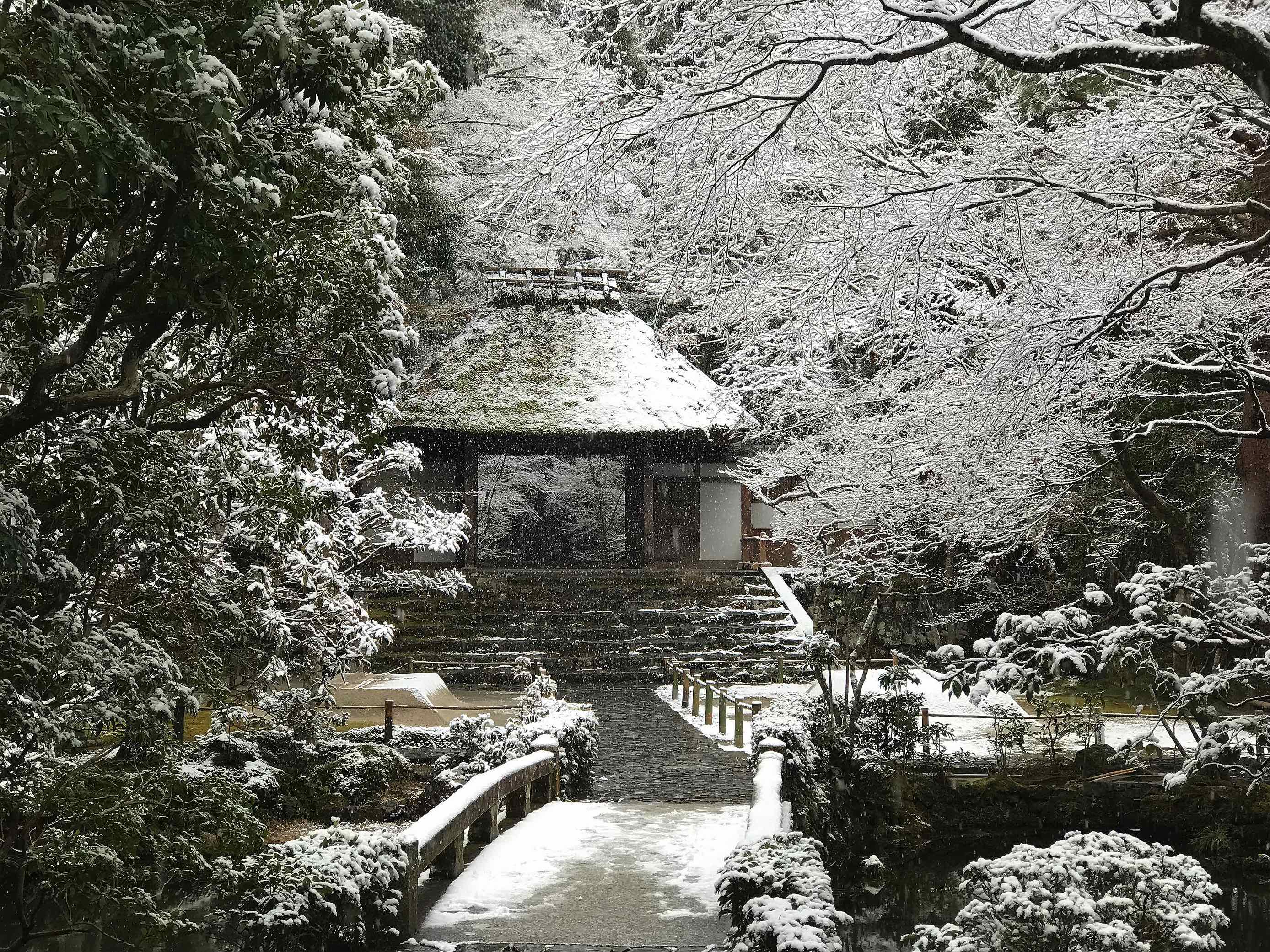
elianthos80
May 5, 2018 at 2:48 pmThank you for taking some of your little precious spare time to share the goodies :,)
—
* clings to the Black Jack statue *
Ronbb
May 6, 2018 at 10:07 pmHow nice it is to be so close to nature, culture and history…! It’s fascinating that the same priest runs both religions at Kiyoshikōjin Seichōji…it’s certainly not the case in most places…